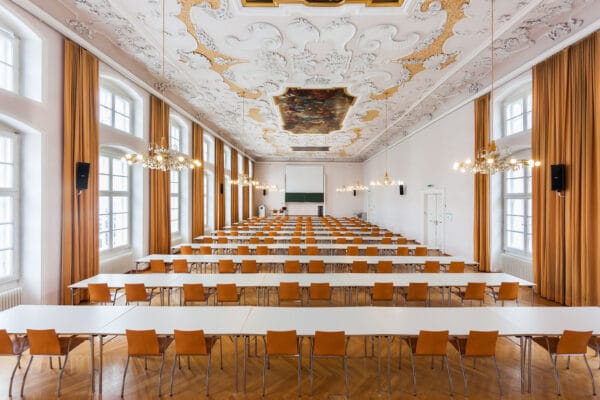
NAME:
Theologie - MS
BUILDING:
Theologie
FLOOR:
2
TYPE:
Lecture Room
CAPACITY:
108
ACCESS:
Only Participants
EQUIPMENT:
Beamer, PC, WLAN (Eduroam), Overhead, Flipchart, Blackboard, Handicapped Accessible, LAN, Microphones, Sound System
Due to climate change, studies show that snow cover in the Alps will continue to decline in the near future. The small mid-altitude winter tourism destinations and their communities are and will be the most affected by this phenomenon and must interface with the socio-economic consequences of this change, as well as with the ecological impacts.
The contribution refers to an innovative experience carried on in Monesi area, located in the upper part of Arroscia Valley (Ligurian Alpine Arc), once famous for being the only ski resort in the Liguria Region, today a place suspended between depopulation and abandonment and new forms of avant-garde design. This experience represents one of the pilot areas in the Alpine Space project, called BeyondSnow. This project deals with the process of territorial resilience in front of climate impacts in moutain territories located around 1000-1300 meters above sea level.
In the contribution, it is presented the theoretical and methodological approach of analysis and the co-design laboratorial activities applied in the research action developed in the pilot area. In this research action, different technical and political levels have been involved and particular attention is given to the co-construction of Arroscia Valley community and its perception on territorial regeneration. The illustration of the results provides an upgrade related the reflection of territorial transition in mountain areas, proposing a new paradigm of development and experimenting new instruments for the construction of appropriate territorial policies.

We and use cookies and other tracking technologies to improve your experience on our website. We may store and/or access information on a device and process personal data, such as your IP address and browsing data, for personalised advertising and content, advertising and content measurement, audience research and services development. Additionally, we may utilize precise geolocation data and identification through device scanning.
Please note that your consent will be valid across all our subdomains. You can change or withdraw your consent at any time by clicking the “Consent Preferences” button at the bottom of your screen. We respect your choices and are committed to providing you with a transparent and secure browsing experience.